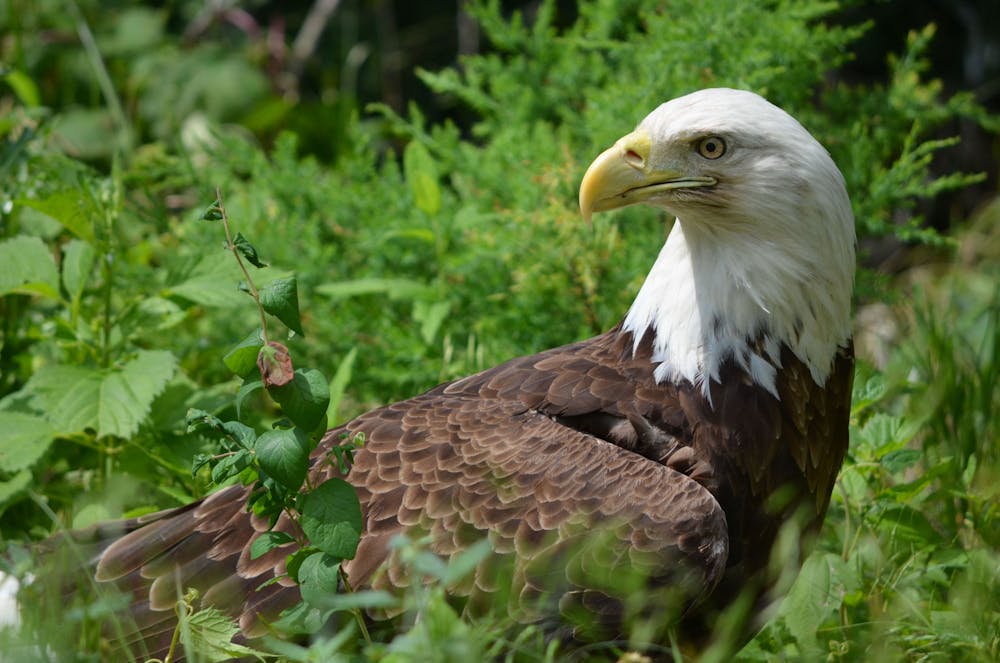Octavia Feliciano
Staff Writer
Bald eagles are a rare sight in cities, but that may be slowly changing. The New York Times reports that a bald eagle named Rover’s presence in New York City is part of a growing trend of birds of prey settling into urban areas. Rover himself was born to a family of bald eagles residing in another city, New Haven, Connecticut.
Rover was first spotted hunting in New York City’s Central Park in January. Rover has been spotted hunting in the area several times since then, which birdwatchers and wildlife experts take as an indication the bird of prey might mean to make a new home in or around the city.
Manhattan birdwatcher Ursula Mitra spoke to the New York Times about her experience with Rover.
“I’ve been birding Central Park now for at least five years, and frankly I have never seen an eagle hunting on the reservoir except for the past four or five weeks,” Mitra said.
ABC New York reports that the bird has a six-foot wingspan, making it difficult to miss in flight.
Wildlife biologist Brian Hess told the New York Times about the behaviors that allow birds like Rover to survive in cities.
“Clearly this bird has figured out how to catch gulls, and probably ducks as well,” Hess said. “They really are smart and adaptable birds who have figured out how to survive in lots of different places.”
Throughout the latter half of the twentieth century, bald eagles were classified as an endangered species. A statement made by the U.S. Fish and Wildlife Service on the occasion of the bald eagle’s removal from the endangered species list in 2007 read, “After decades of conservation efforts, the bald eagle has exhibited a dramatic recovery, from a low of barely 400 nesting pairs in the lower 48 states in 1963, to nearly 10,000 nesting pairs.” Though they have been taken off the endangered species list, there are still several federal laws in place that protect the species, including the Bald and Golden Eagle Protection Act, the Migratory Bird Treaty Act and the Lacey Act.
Should a visitor to Central Park wish to catch a glimpse of Rover in action, the National Audubon Society, an environmental organization dedicated to the conservation of birds and bird habitats, describes the bald eagle hunting style they might expect to see as “opportunistic; sometimes a predator, sometimes a scavenger. Does much hunting by watching from a high perch, then swooping down to catch prey in its talons. Also hunts by cruising very low over sea or land, taking prey by surprise.”
David Barrett, a birder who runs the twitter account Manhattan Bird Alert, has been posting about sightings of Rover. Barett told NBC that most sightings of the eagle take place while it’s hunting in the later afternoon, typically between 4 p.m. and sunset.
Though the novelty of a national symbol spending time in such a recognizable landscape is attention-grabbing on its own, Rover’s continued presence in the city would mark an interesting milestone in terms of birds of prey moving back into urban areas, and serve as a reminder of the bald eagle’s journey of recovery from their status as an endangered species.







